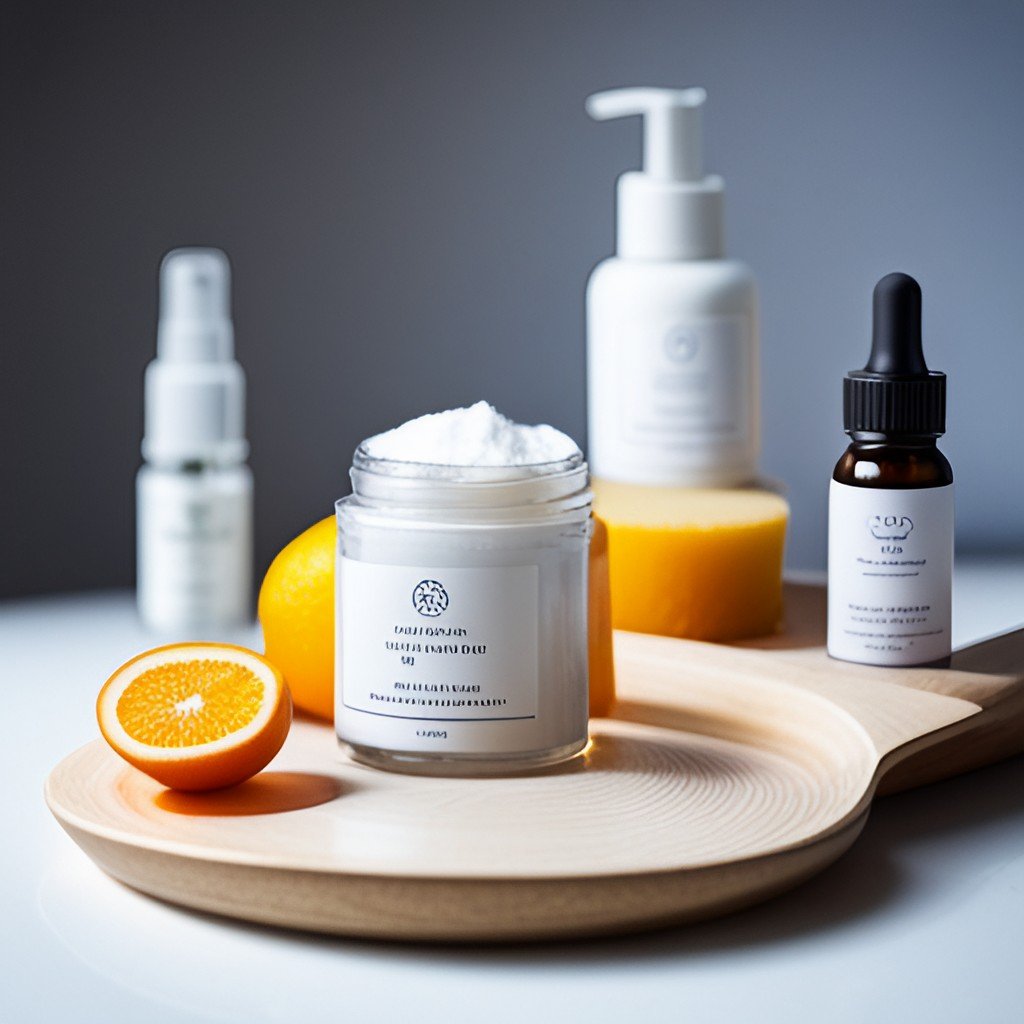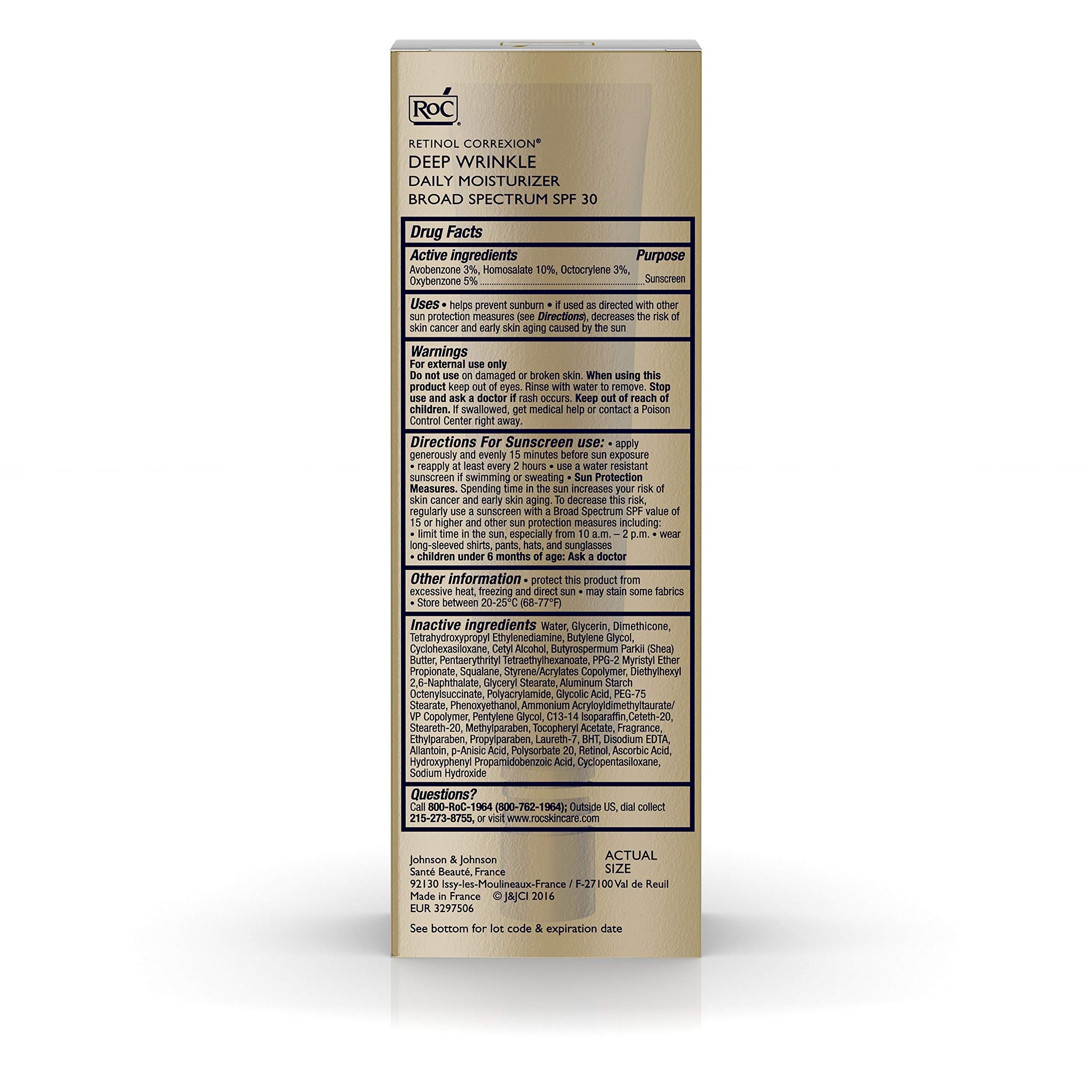Combining Active Ingredients in Skincare: Retinol, Vitamin C, Niacinamide, and AHA/BHA
Skincare has come a long way in recent years, and one of the major developments has been the rise of active ingredients. These powerful compounds can work wonders for your skin, but they need to be used correctly to maximize their benefits and avoid any adverse reactions. In this article, we will take an in-depth look at five popular active ingredients - retinol, vitamin C, niacinamide, AHA/BHA, and benzoyl peroxide - and how to safely combine them in your skincare routine for optimal results.
What is an Active Ingredient?
In the past, many cosmetics companies used to have their own secret or proprietary ingredients blends, which made it difficult for consumers to understand if the product would really deliver results. This all changed when The Ordinary entered the scene, proudly touting it's straightforward ingredient formulations. The trend has now changed so that the majority of beauty brands actively want to show you the research-backed ingredients they have in their skincare and proactively list them on packaging. Active ingredients are substances in skincare products that have a biologically active effect on the body. This means they act directly on the skin to produce results such as increased hydration, improved texture, reduced wrinkles, and more. They are often present in higher concentrations than other ingredients in skincare products, as they are critical to achieving the desired results. Active ingredients should be used according to product instructions for optimal effectiveness. It is also important to use sunscreen when using active ingredients as they can make skin more sensitive to sunlight.
Retinol
Benefits: Retinol, a form of vitamin A, is widely known for its ability to promote cell turnover, reducing the appearance of fine lines, wrinkles, and uneven skin tone. It also helps stimulate collagen production, giving your skin a more youthful and firm appearance.
Compatibility: Retinol can be tricky to combine with other active ingredients, as it can increase skin sensitivity. It's generally not recommended to mix retinol with AHA/BHA if you're just starting out, as both ingredients can cause the skin to become more sensitive and prone to irritation. However, retinol can be paired safely with vitamin C and niacinamide.
Usage Tips: Start with a lower concentration of retinol (0.25%-0.5%) and gradually increase its strength as your skin becomes accustomed to it. Apply at night, as retinol can make your skin more susceptible to sun damage.
Vitamin C
Benefits: Vitamin C is a powerful antioxidant that protects the skin from free radicals and environmental stressors. It's known for brightening the skin, reducing the appearance of dark spots, and promoting collagen production, which helps maintain the skin's elasticity.
Compatibility: Vitamin C can be combined with retinol and niacinamide, but it can be challenging to mix with AHA/BHA, especially when using products with high concentrations of these ingredients. If you want to include both vitamin C and AHA/BHA in your skincare routine, use Vitamin C in the morning and the exfoliating acid in the evening to reduce the risk of irritation.
Usage Tips: Look for a serum with at least 10%-20% vitamin C for maximum effectiveness. Use in the morning for the best results, as it can help protect the skin from sun damage throughout the day.
Niacinamide
Benefits: Niacinamide, or vitamin B3, is a versatile ingredient that offers numerous benefits for the skin. It's known for its ability to reduce inflammation, redness, and enlarged pores. Niacinamide also helps to strengthen the skin's barrier function and improve overall texture.
Compatibility: Niacinamide is generally compatible with all other active ingredients, including retinol, vitamin C, and AHA/BHA. It can even help counteract the irritation that may result from using some of these ingredients, making it an excellent addition to any skincare routine.
Usage Tips: Niacinamide can be used in concentrations of 2%-10% for optimal results. Apply it morning and/or evening, depending on your skin's needs.
AHA/BHA
Benefits: Alpha hydroxy acids (AHAs) and beta hydroxy acids (BHAs) are popular exfoliants known for their ability to shed dead skin cells, unclog pores, and improve skin texture. Common AHAs include glycolic acid and lactic acid, while BHAs are typically salicylic acid.
Compatibility: AHA/BHA can be used with other active ingredients in your skincare routine, but it's important to pay attention to the concentrations of each product used. For example, if you're using a product with a high concentration of salicylic acid, it may be best to limit its use to once per day.
Usage Tips: Start slowly and build up your tolerance by using AHA/BHA products one or two times per week. Always apply in the evening after cleansing.
Benzoyl Peroxide
Benefits: Benzoyl peroxide is an antibacterial ingredient commonly used to treat acne. It's known for its ability to reduce inflammation and kill bacteria, which helps clear up existing blemishes and prevent new breakouts from forming.
Compatibility: Benzoyl peroxide can be combined with other active ingredients, including retinol, vitamin C, niacinamide, and AHA/BHA. However, it's important to use products with lower concentrations of these ingredients when using benzoyl peroxide to reduce the risk of irritation.
Usage Tips: Start with a low concentration (2.5%-3%) of benzoyl peroxide and apply once or twice daily. If your skin tolerates it well, you can gradually increase the concentration up to 10%. Apply after cleansing in the evening and/or morning for best results. It's also important to remember to wear sunscreen when using benzoyl peroxide as it may make your skin more sensitive to sunlight.
Active Ingredients vs Drug Labelling
If you live in, or have bought cosmetics from the US, you might sometimes find drug labelling on the back of the package. This is used by regulatory bodies, such as the FDA in the US, to ensure that products are safe and effective for their intended use. So what's the difference if a product has this or not? Active ingredients are substances that have a biologically active effect on the body, while drug listings are substances that have been approved by the FDA for use to treat disease. It's important to note that active ingredients can be considered drugs if they are approved for a specific therapeutic purpose. For example, if a product says "contains glycolic acid" it does not need a drug label, as it makes no treatment claim. However, if a product says "contains glycolic acid to treat acne" the product will need to go through a round of regulation to check that the product does indeed help to treat acne, as this is a medical condition, and will end up with drug labelling on the package to show which exact ingredient is supporting this treatment claim.
Inactive Ingredients at a Glance
If the actives are the hero ingredients, the inactives are the trusty sidekicks. Inactive ingredients are ingredients that do not claim to treat a specific condition. This does not mean that they are not important. On the contrary, inactive ingredients are essential in a product in order for it to work properly. Inactive ingredients help a product to look and feel nice when applied, they help deliver the active ingredients to the skin and can be used as preservatives to increase the shelf life of a product. Plus, just because the FDA doesn’t designate an ingredient as treating a specific condition, it can still do an amazing job of cleansing, moisturizing or removing pus from pimples. There are plenty of ingredients that are considered inactive, yet have been proven to show effects on your skin — hydrocolloid for spots, cica for regeneration, beta-glucans to calm and firm up skin, green tea to reduce reduce sebum secretion and inflammation, and the list goes on.


















